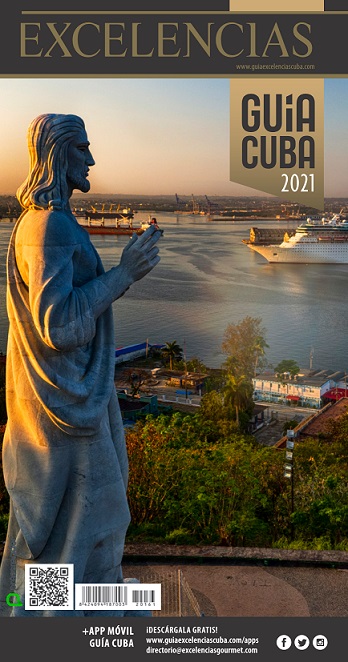1988Nationwide elections are held with a significant participation of several parties, something not seen since 1910. PRI’s Carlos Salinas de Gortari came out a winner with 50% of the vote according to official figures (the lowest percentage in PRI’s history). For the first time ever, left-wingers came up with a real-life alternative to challenge PRI’s official hegemony. Cuauhtémoc Cárdenas –son of the charismatic Mexican president’s who served from 1934 to 1940- led a coalition of popular-oriented groups called National Democratic Front to face up to the PRI. Cardenás came out the runner-up with little over 31% of the votes in a process that many pointed out as a ballot-stuffing election. Turnout was a meager 50,28%.






